Whether it’s the full Monty laser hair removal package or a quick filler for that chiselled jawline look you’re after, prioritising selfcare before, during and after the treatment can help you achieve your best possible results.
By taking a few simple steps – such as using numbing creams to help minimise treatment discomfort, managing any after-pain and sticking to your procedure’s recommended skincare routine – may help ensure a more comfortable and smoother transition to your new look.
Here are 5 easy care tips to keep in mind:
1. Use Emla skin numbing cream
Not a fan of pain? Why not ease your way through your next minor superficial cosmetic procedure with Emla skin numbing cream as it plays a key role in reducing the discomfort and pain caused during your treatment.
- Emla Cream is suitable for use with most common minor superficial cosmetic procedures, including chemical peels, laser hair and tattoo removal, micro-dermabrasion, dermal and lip fillers, eyebrow tattooing (microblading) and skin needling (microneedling).
Learn more about Emla and minor superficial cosmetic procedures.
If you’re unsure about whether Emla skin numbing cream is the right choice for your procedure, your clinician, doctor or pharmacist can help.
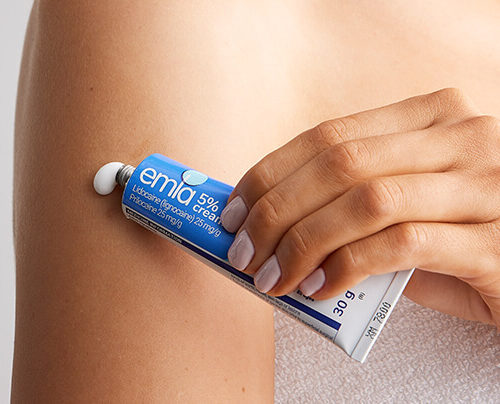
Emla numbing cream is applied directly to the target skin area, where it blocks nerve signals providing temporary prevention of pain and discomfort.
Learn more about how Emla skin numbing cream works.
2. Post-procedure pain essentials
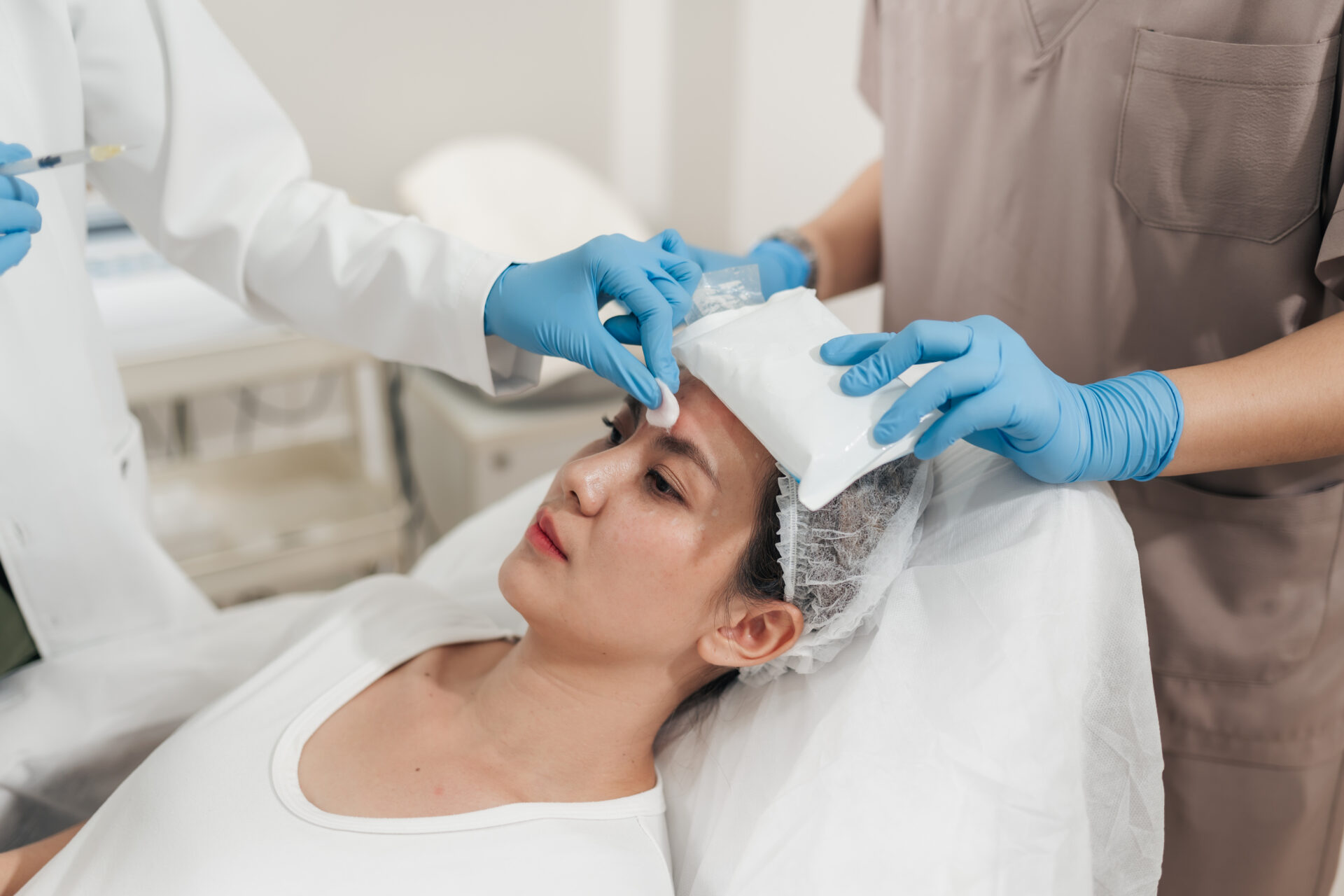
Most minor cosmetic procedures come with some temporary side effects – such as swelling, redness, and pain – which are all normal reactions to what has happened to your skin.
How much pain? The amount of pain you experience and how long it lasts will vary depending on the type of procedure, the area being treated, and your own level of pain tolerance.
You can talk to your treatment provider about what type of pain or discomfort to expect. Let them know how you feel about pain and ask about the pain management options they recommend based on your needs and the treatment you’re having
They may suggest soothing your skin with a cold compress or an ice pack as a simple, low-cost way of finding pain relief. Cooling the treated skin area can also help reduce or prevent swelling and bruising.
Be careful if you’re considering using ice-packs as they can get really cold and damage your skin if not used properly:
✓ Remember to check with your treatment provider first – they can confirm if ice-packs are appropriate and can guide you on the best way to use them for your procedure
✕ Don’t use them straight from the freezer, leave them out for about 15 minutes first
✕ Don’t put them directly onto your skin, wrap them in a damp cloth and place over the treatment area for about 15 minutes.
Pain can usually be managed with over-the-counter pain relievers like paracetamol – your treatment provider or doctor can advise on the best option for you.
Talk to your treatment provider or doctor if you are worried about anything, your skin appears to be getting worse or you notice any unusual side effects such as signs of an infection. Your health and comfort are important, and they can provide the guidance you need.
3. Gentle skincare
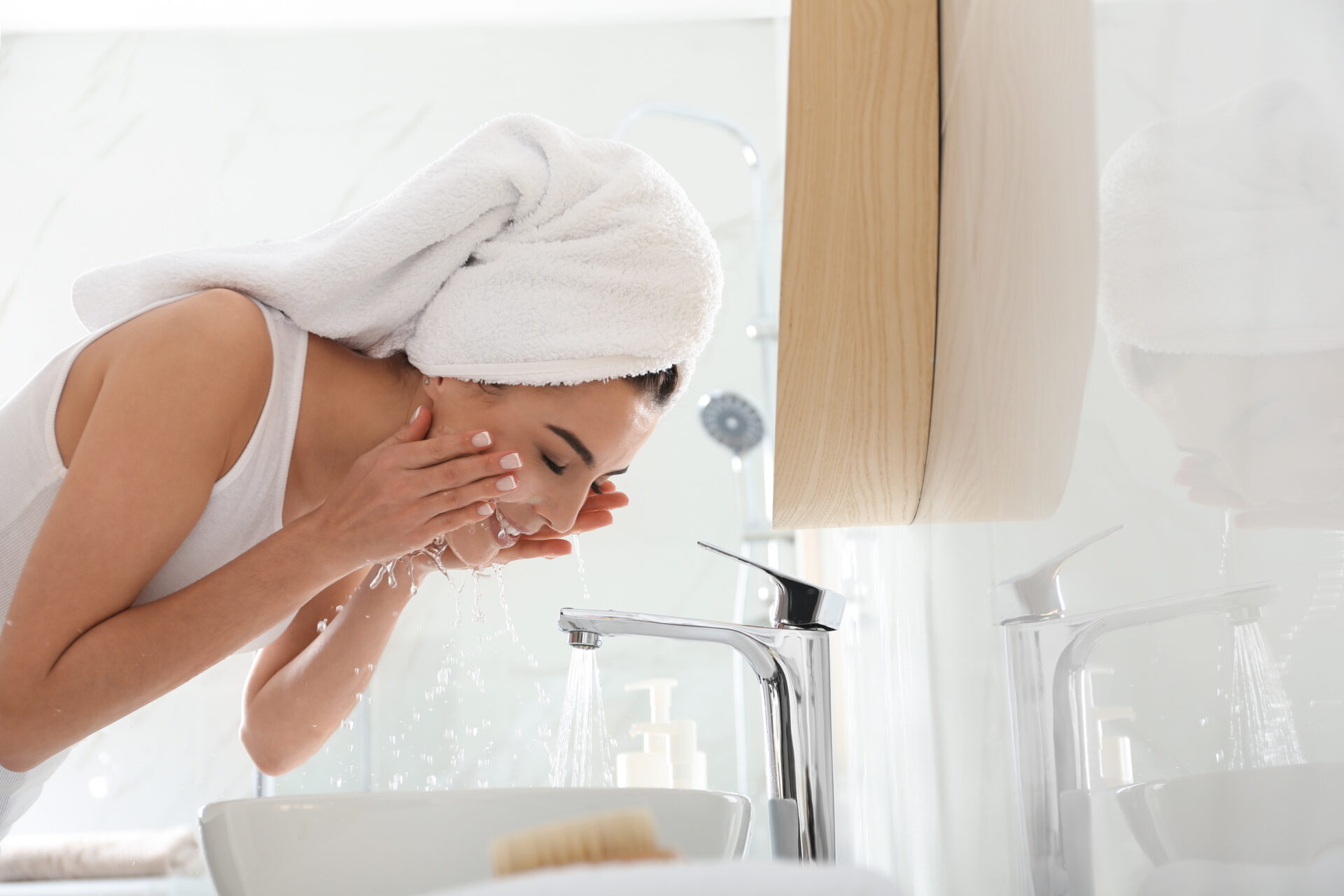
Should you use a scrub or peel before a laser treatment? What is the best post-lip filler care advice? When can you have a facial massage if you’ve just had a dermal filler? Whatever your normal skincare routine may be, following the right care regime – before and after a procedure – is an essential part of ensuring optimal results and reducing the risk of complications, for example:
- Wash the area to be treated with a mild cleanser and water – this removes any make-up or dirt which may cause infections and affect the absorption of the anaesthetic when using a skin numbing cream.
- Check which cosmetic treatments to avoid in the weeks or days before your session – remember the advice may be different depending on the procedure. For example, it’s recommended to avoid facial masks or scrubs during the week before having a facial peel and not to shave the area for 24 hours prior to the procedure. On the other hand, for laser hair removal you are advised to exfoliate and shave the area prior to the treatment.
- Follow your after–treatment recovery instructions, which will vary depending on the type and extent of your procedure. For example, you may be able to wear make-up a day after a light chemical peel, but may need to change dressings and apply protective ointments for a while if you’ve had dermabrasion.
- Don’t rush things, give your skin the right care during the recovery period to help ensure that the healing process goes as smoothly and quickly as possible.
4. Protecting your skin from the sun
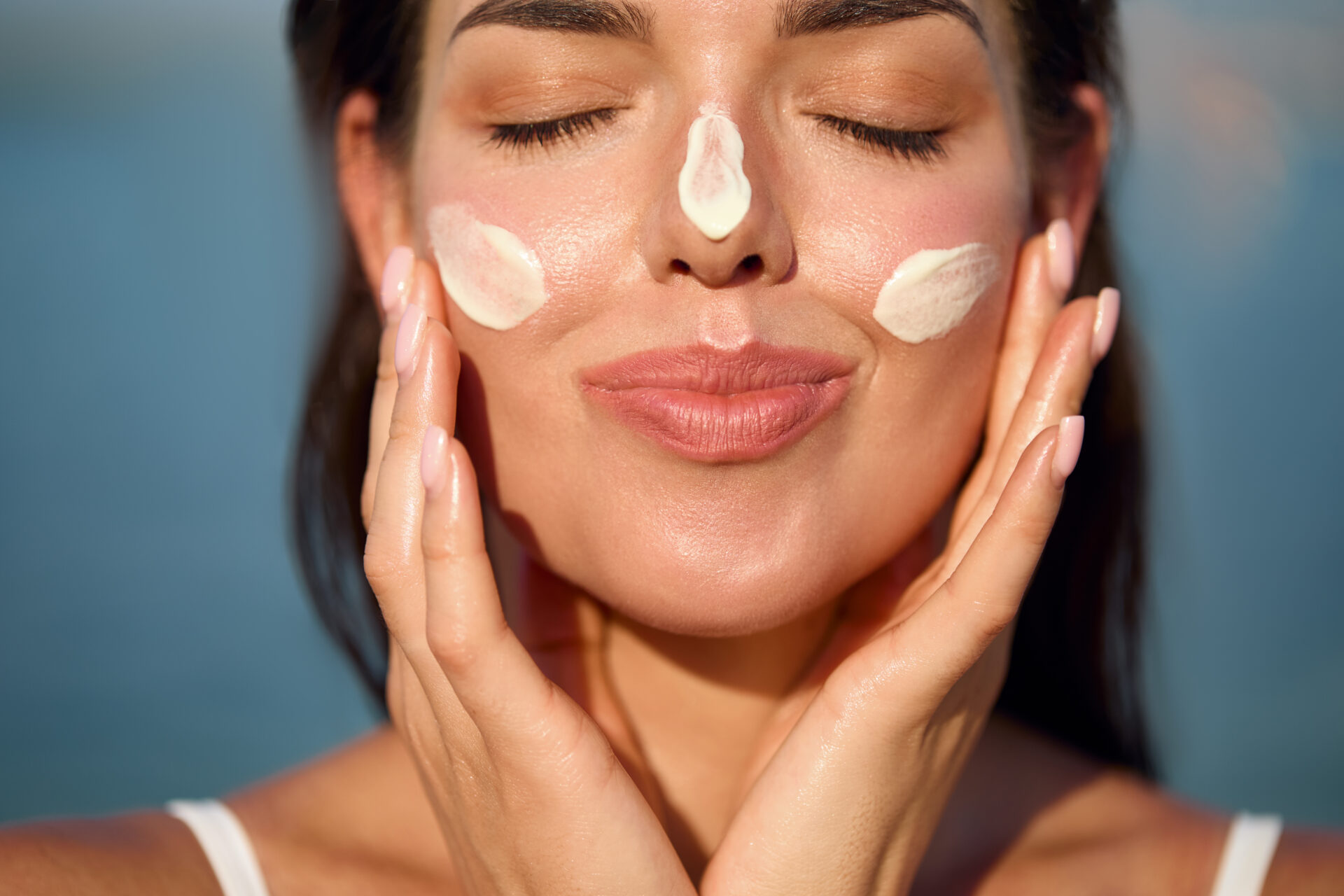
It’s a good idea to discuss sun protection with your treatment provider too.
- Too much sun beforehand may be a problem for some procedures, such as laser hair removal, chemical peels or dermabrasion
- Exposure to the sun during the recovery period may cause problems with skin pigmentation and the healing process in the treated area.
5. Always follow instructions
Whether they are for the application of Emla 5% Cream or your treatment provider’s directions on aftercare – always follow instructions to help ensure your procedure goes as smoothly as possible.
